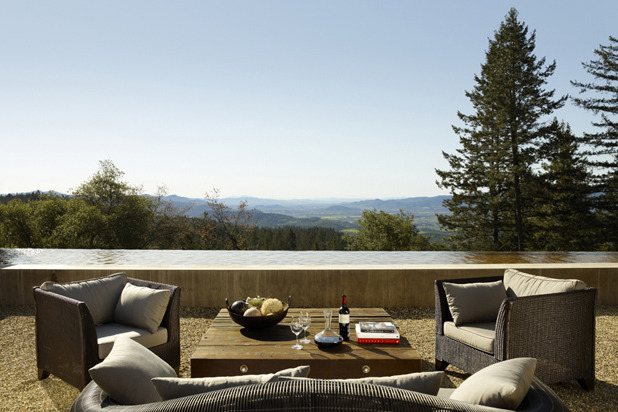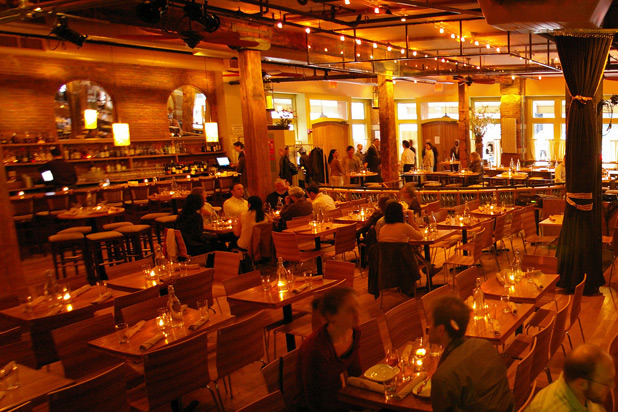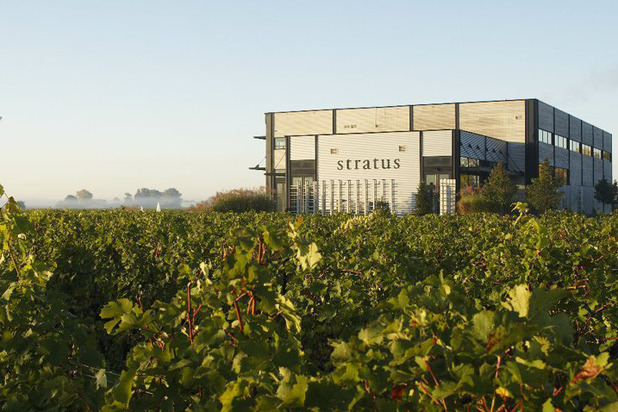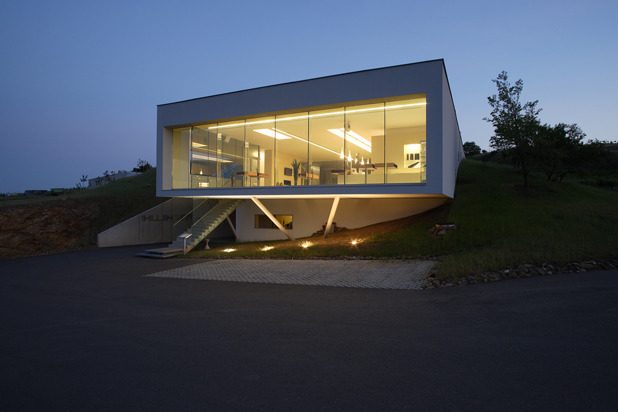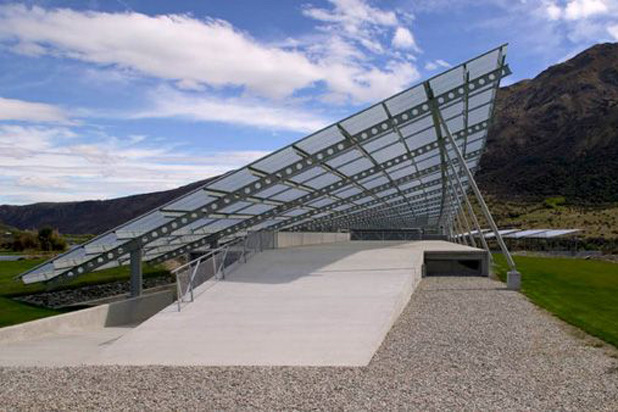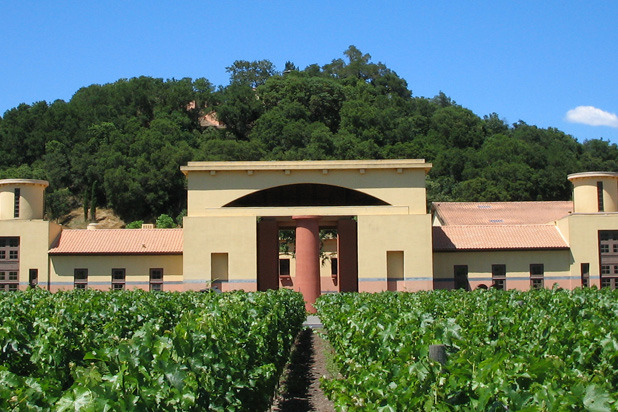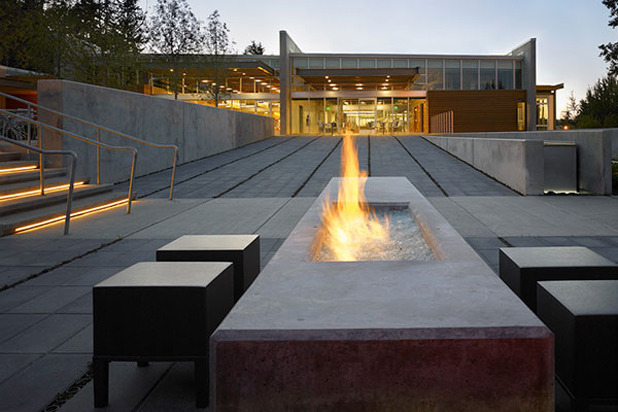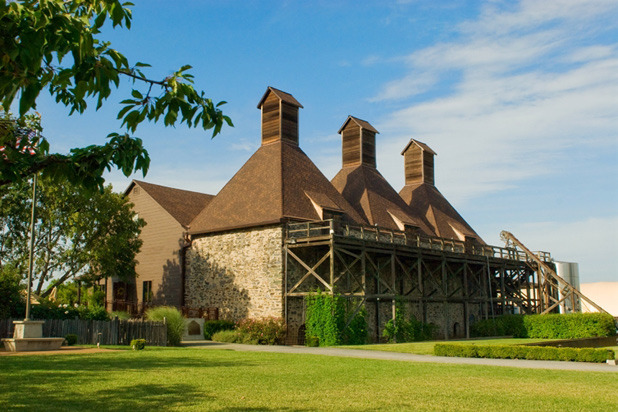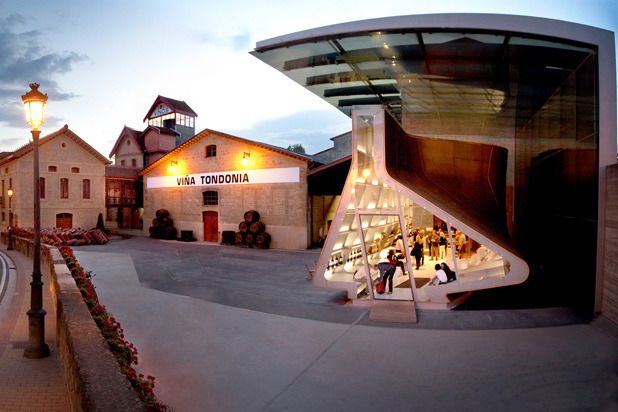10 Coolest Wineries To Visit Slideshow
Mendoza, Argentina, boasts a handful of innovatively designed wineries, but what sets Trapiche winery apart is the insistence on celebrating the history of the wine region in a modern context. The company took over an abandoned winery built in 1912 — part of the first generation of Mendocino winemakers — and completely overhauled the buildings while keeping intact cherished vintage elements like the original signs on concrete tanks and the end-of-the-line railroad tracks. Even the remnants of the original brick walls were integrated into the modern glass and steel visitors' center. In the spirit of bringing the past into the future, Trapiche is also testing a biodynamic vineyard on site, with a picturesque pond, gardens, and animals including a llama.
CADE Estate Winery, Napa Valley, Calif.
In an eagle's perch on top of Howell Mountain, CADE has one of the most panoramic views of Napa Valley, as well as a track record of producing quality organic wines. As Napa's first LEED Gold Certified winery, CADE's owners, also the owners of PlumpJack Winery, put a premium on modern technology in addition to modern design. Architect Carlos Fernandez conceived a design that stands out among the hillside greenery, but includes elements like a huge iron door meant to rust and evolve with the weather and arching, rounded cement walls that mimic the circle of life.
City Winery, N.Y.
Even in a sprawling Tribeca location, New York's City Winery is still mini by California standards, but proprietor Michael Dorf managed to pack a lot into the space. What makes the winery especially cool can be traced back to Dorf's roots in the music scene, as the founder of the (in)famous music venue, the Knitting Factory — the full roster of noteworthy bands and musicians spans from heavyweights to up-and-comers. Added to that is a creative approach to winemaking that invites members of the community to learn about and experience the process, even crushing grapes and making their own vintages.
Stratus Wines, Niagara Peninsula, Ontario, Canada
As one of the heralded emerging wine regions, Niagara now has a lot more going for it than the falls. When it opened in 2005, Stratus Wines' facility was the first of its kind, earning a silver LEED certification. Perhaps inspired by the proximity to the incredible natural wonder of the falls, the remarkable design utilizes the natural resources to not just be more sustainable, like the geo-exchange technology, but also to enhance the aesthetics, like the "glass cube" tasting room.
Leo Hillinger Wines, Jois, Austria
Modern to an extreme, the 8-year old winery's design was meant to conform to its natural setting by being partially built into a hill, which also helps keep the humidity low and the temperature controlled. Sleek and modular, the buildings are an interesting contrast to the historic but relatively low-profile Jois wine region of Austria, bordering on Hungary, where the industry is only beginning to be revolutionized.
Peregrine Wines, Central Otago, New Zealand
As a major shoot location for the filming of The Lord of the Rings series as well as the upcoming movie, The Hobbit, Central Otago, one of New Zealand's emerging wine regions is the perfect stop for oenophile sci-fi fans. A collection of interesting wineries, like Amisfield and Felton Road, showcase the area's stunning landscape, which makes it difficult to decide which is the coolest. But, Peregrine Wines' soaring architecture sets it apart from the rest. Mirroring the winerys namesake as well as the high altitude at which the vineyards are situated, the sharp lines and industrial materials are also a stark contrast to the raw topography.
Clos Pegase Winery, Calistoga, Calif.
Its wide central column and bold lines are meant to evoke Greek culture, but its the winery owners emphasis on the Muses and the arts they represented in mythology that makes Clos Pegase so unique. Since opening in the late 80s, the Shrems have collected and displayed a huge collection of art, from contemporary to antiquity. Visitors can take a self-guided circuit of the paintings, sculpture, and glassware displayed in the sculpture garden, visitors center, and wine caves in a kind of Metropolitan Museum of Art meets New Age Napa tour.
Novelty Hill-Januik Winery, Woodinville, Wash.
The winemaking process is as much intellectual as it is sensory, and the Novelty Hill-Januik Winery takes pains to reflect that duality. The incredibly cerebral design takes into account the rhythm and geometries of the agricultural landscape, along with the craft, technology, and patterns of wine production. Still, the sensual pleasures are alluded to via the cozy outdoor fire pit, well-landscaped terraces that encircle a bocce court, and the incorporation of the surrounding wetlands into the public spaces.
Hop Kiln Winery, Healdsburg, Calif.
As suggested by its name, this Sonoma County winery has more to do with brewing than most winemaking facilities given that it is located on a former hops farm where the three-story hops dryer has been converted to a winemaking facility and tasting room. Set in a structure dating back to 1905, Hop Kiln is now one of the foremost landmarks along the Russian River Valley wine trail, and visitors stop at the historic property to taste not only the wines but the local artisanal food and wine pairings created by the Kenwood Inn chefs.
Lopez de Heredia, La Rioja, Spain
The Rioja winery's biggest claim to fame was that its visitor's center was designed by Zaha Hadid, one of the world's most celebrated and high-profile postmodern architects. Fluid and structural, the pavilion is curiously a "movable" building and provides an interesting counterpoint to the winery's original architecture, dating from more than 125 years ago. As a winery that also handcrafts its own barrels, the bodega offers visitors a unique look into one of the oldest but little seen traditions in winemaking.

